Transforming Homes with Sustainable Design
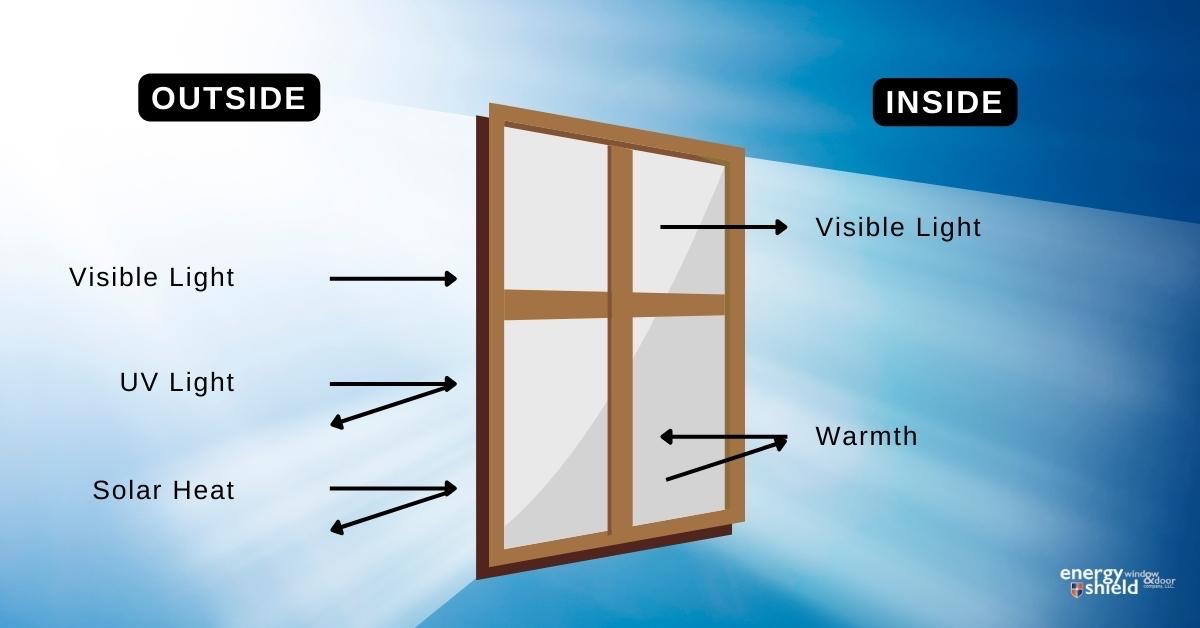
Enhancing Home Sustainability with Energy-Efficient Windows
In the pursuit of sustainable living, homeowners are increasingly turning their attention to energy-efficient solutions, and one area that holds great potential is the installation of energy-efficient windows. These windows not only contribute to a greener environment but also offer a range of benefits for homeowners seeking to reduce their energy consumption and create a more comfortable living space.
The Impact of Traditional Windows on Energy Consumption
Traditional windows, while serving the basic function of providing natural light and ventilation, can be a significant source of energy loss in homes. Poor insulation and inadequate sealing lead to drafts, causing heating and cooling systems to work harder to maintain a comfortable indoor temperature. This inefficiency not only results in higher energy bills but also contributes to unnecessary environmental impact.
Key Features of Energy-Efficient Windows
Energy-efficient windows are designed with advanced features to minimize energy loss and enhance overall performance. Double or triple-pane glass, low-emissivity coatings, and insulated frames are common elements that contribute to improved insulation and reduced heat transfer. These features work together to create a more energy-efficient barrier between the interior and exterior of the home.
Lowering Utility Bills and Environmental Impact
One of the immediate and tangible benefits of energy-efficient windows is the potential for significant cost savings on utility bills. By reducing the need for constant heating or cooling, these windows help homeowners achieve better energy efficiency. Additionally, the decreased energy consumption contributes to a reduced carbon footprint, aligning with broader environmental conservation efforts.
Enhancing Comfort and Natural Light
Energy-efficient windows not only provide insulation benefits but also enhance overall comfort within the home. The improved insulation helps maintain a consistent indoor temperature, eliminating cold drafts in winter and excess heat in summer. Furthermore, these windows are designed to allow ample natural light while minimizing glare, creating a bright and comfortable living environment.
UV Protection and Furniture Preservation
Many energy-efficient windows come with coatings that block harmful ultraviolet (UV) rays. This feature not only protects the health of the occupants by reducing UV exposure but also preserves the color and integrity of furniture, flooring, and other interior elements. The result is a longer lifespan for your interior investments and a reduction in the need for replacement and refurbishment.
Choosing the Right Energy-Efficient Windows for Your Home
Selecting the most suitable energy-efficient windows involves considering factors such as climate, orientation, and desired performance. Consulting with a professional can help determine the best options for your specific needs. Additionally, exploring the range of available styles, materials, and customization options ensures that energy-efficient windows complement the overall aesthetic of your home.
Installation and Maintenance Tips
Proper installation is crucial for maximizing the benefits of energy-efficient windows. Hiring a qualified professional ensures a tight and secure fit, minimizing the risk of air leaks. Regular maintenance, such as cleaning and inspecting seals, contributes to the longevity and effectiveness of these windows. Well-maintained energy-efficient windows continue to provide optimal performance over the years.
To explore the transformative

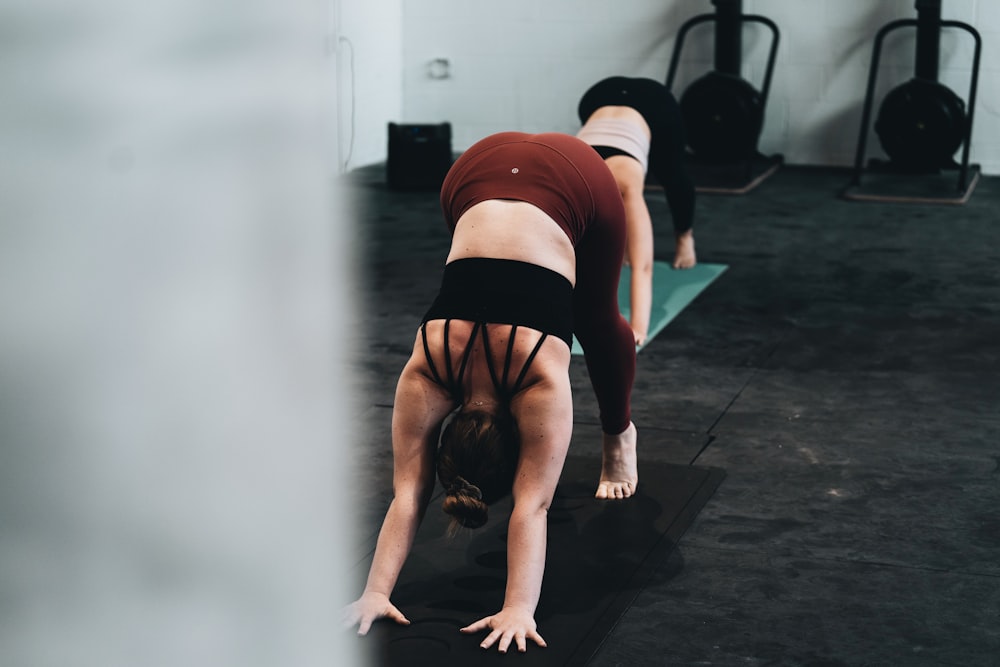
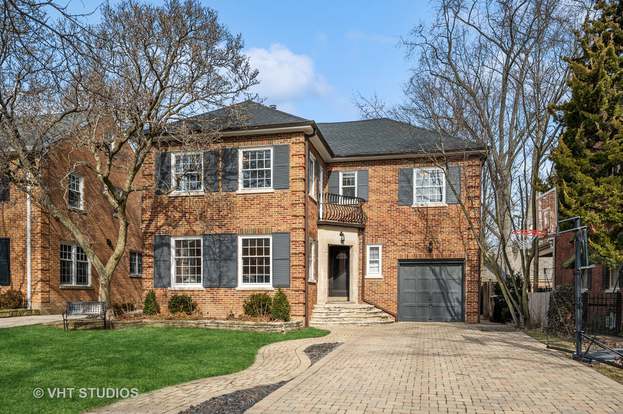

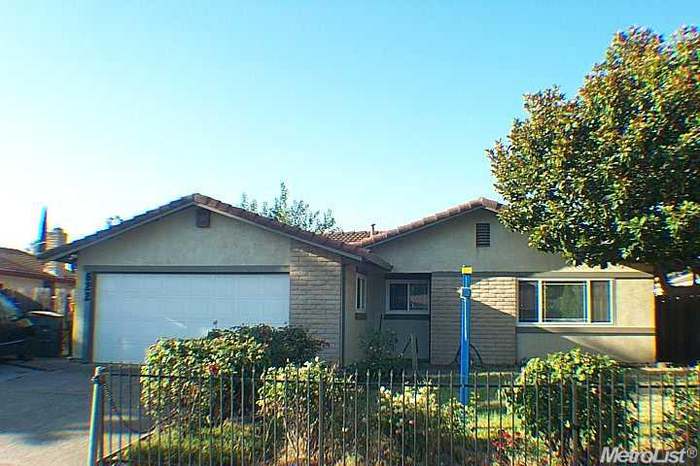

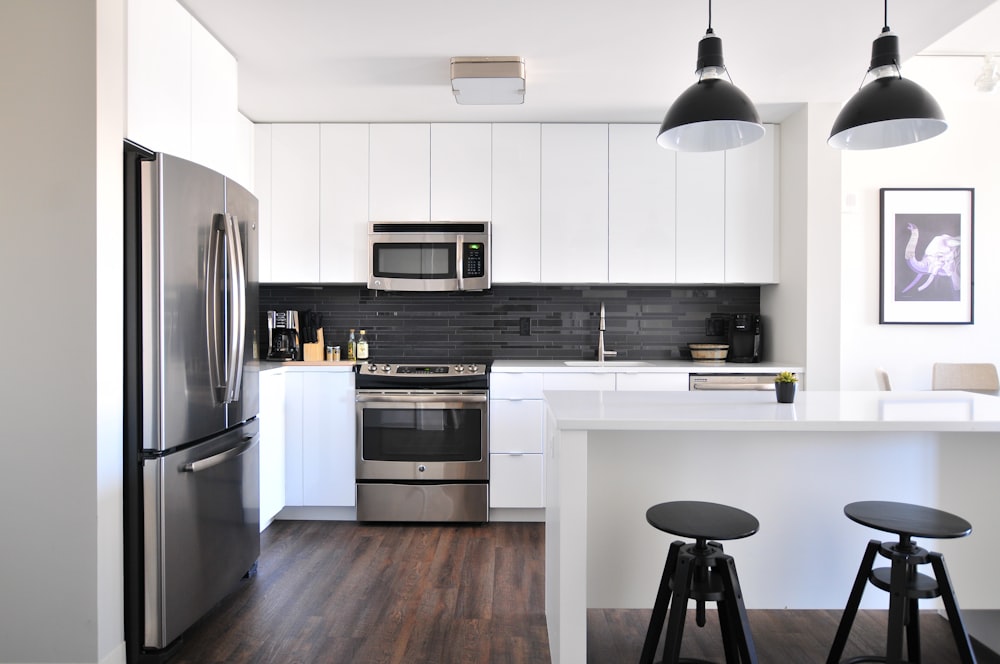

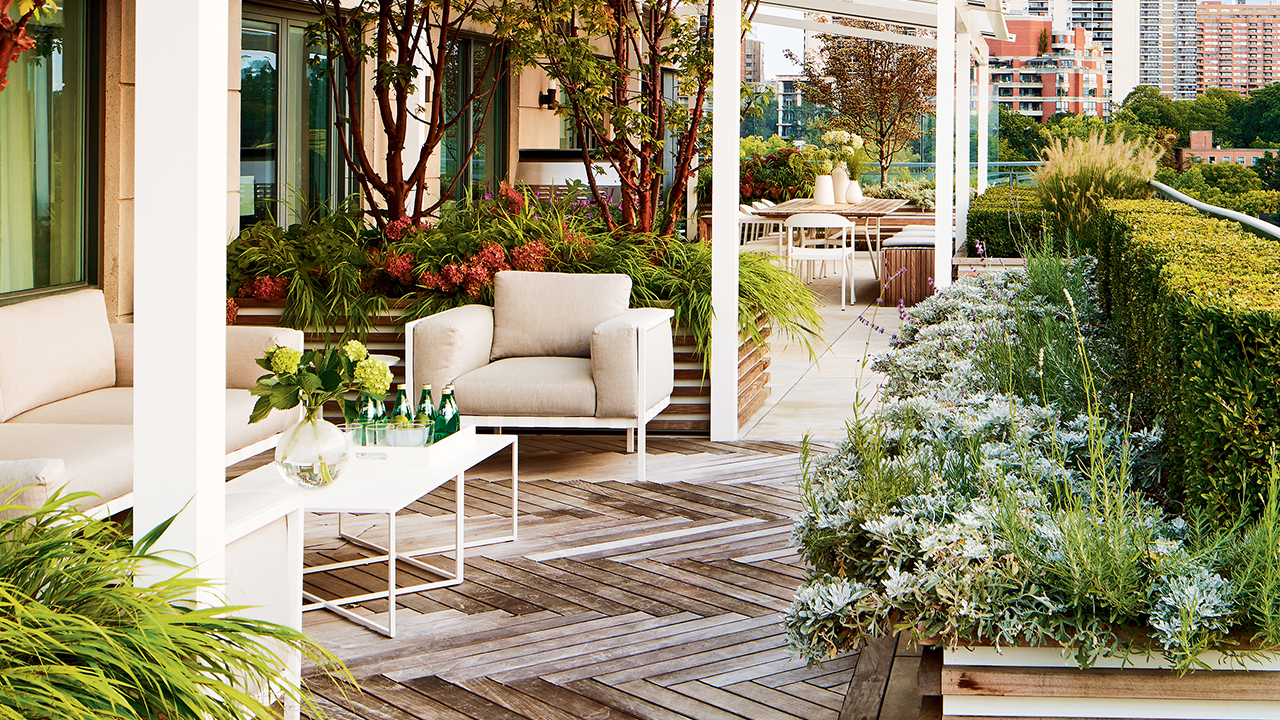


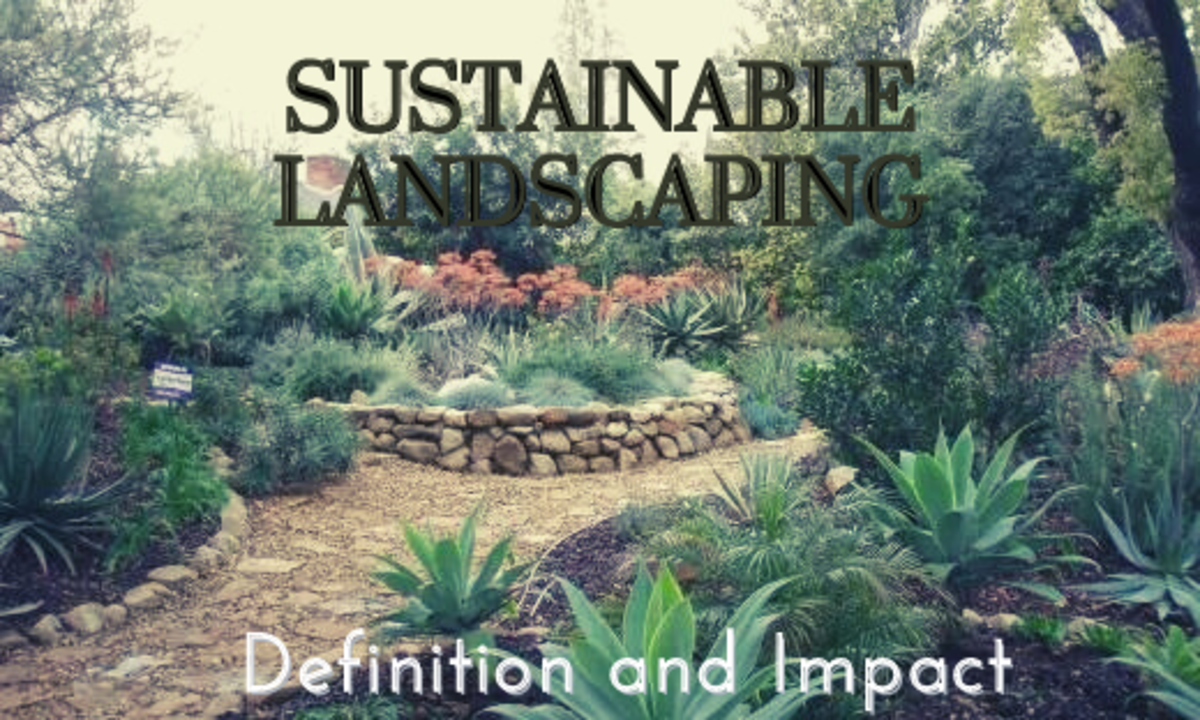
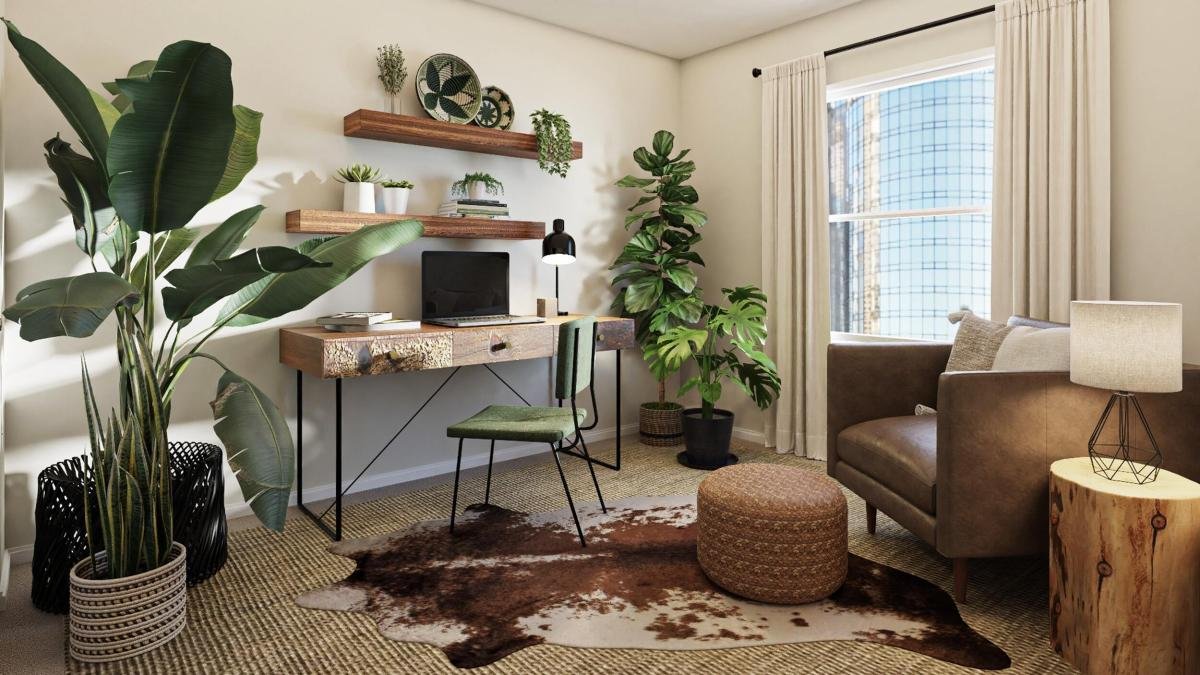


:max_bytes(150000):strip_icc()/how-does-luxury-vinyl-flooring-differ-from-standard-vinyl-4119903_hero_0391-8254adb9618a4005b9638b4b86e0262b.jpg)

